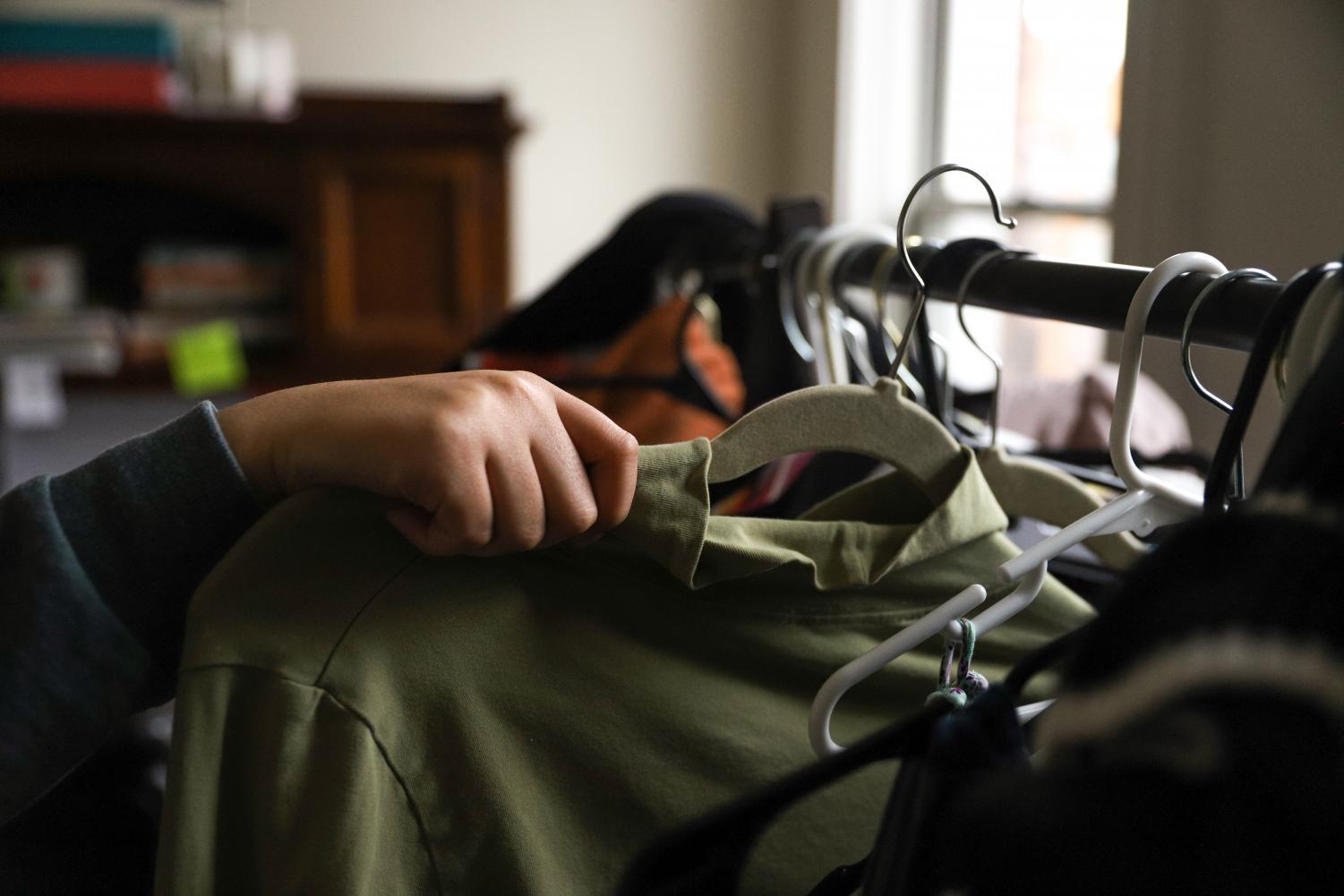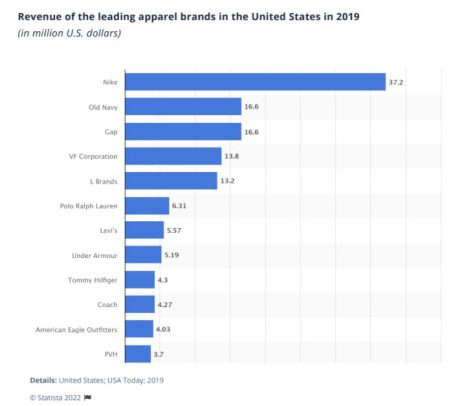University of Fitsburgh | College T-shirts


A Pitt student browses through a clothing rack.
Each May, once the snow has melted and the trees again have their leaves, the academic year draws to a close and a new crop of our nation’s most ambitious 18-year-olds looking to take their education to the next step must formally commit to institutions of higher learning.
For these students, four grueling years of AP classes and standardized test prep all lead up to the moment where they can register for a commencement ceremony and don the garments that will usher them into the next phase of their lives.
No, not a cap and gown — a college T-shirt.
College T-shirts, along with sweatshirts, pencil cups, water bottles, phone cases, dog collars and bumper stickers make up the multibillion-dollar market for officially licensed collegiate apparel. One estimate in 2013 pegged the market at $4.6 billion.


If you ever check the tags on your favorite game-day hoodie or baseball cap, you might notice it’s not coming from a single source. In fact, there are thousands of independent companies that might have manufactured your spirit wear. The single thread they do share is a company called CLC.
Since signing an agreement to represent the University of Alabama in the ‘80s, the Collegiate Licensing Company has quietly grown to consolidate the exclusive merchandising rights of more than 200 major colleges and universities in the United States. If anybody — be it a major conglomerate like Nike or a local vendor such as The Pitt Stop — wishes to make and sell official spirit wear, they must first report to CLC, who works with each institution to grant licenses.
After clearing a 12-step process and sending an advance royalty check, manufacturers can finally begin selling the coveted spirit wear that we love to buy.
My interest in this space was sparked after I heard from a friend who studies abroad that European students don’t wear a lot of clothing representing their school. It seems not much is for sale. When I turned to the Internet for more information, I learned that college-branded merchandise seems to be a uniquely American phenomenon.
One college student who studied the practice described it as a “reflection of the different approaches to merchandising that American universities and those from other countries have, and also an expression of the values that predominate in different educational systems.”
So what does all of this really say about the differences in our education systems?
Other than being a cash cow for apparel manufacturers and providing steady revenue for universities, college T-shirts solidify what, to me, American colleges are at their core — sports teams and name brands. When students commit to a college, they aren’t just taking a step to advance their careers. They are searching for identity and community and signaling their values.
But also, who doesn’t look good in royal blue?
Colin writes about student life and youth culture at Pitt. Reach out to him at CMK172@pitt.edu.
Recent Posts
Review | Tyler, the Creator and friends come to Pittsburgh on the ‘Chromakopia’ tour
With the release of his eighth studio album, “Chromakopia,” decorated rapper, songwriter and producer Tyler,…
A Good Hill to Die On // The motivation we all need
In this post of “A Good Hill to Die On,” staff writer Sierra O’Neil discusses…
Who Asked? // Is it really the damn phones?
This installment of Who Asked? by staff writer Brynn Murawski describes her brief journey limiting…
Students are ‘upset, but not surprised’ over denial of gender affirming care at UPMC CHP
Pitt students and LGBTQIA+ members express their concerns about the recent denial of gender affirming…
Take Madness Final Four | Battle of Pennsylvania, 412 and Just Outside of Philly clash
Welcome to the Final Four of Take Madness! We are down to four talented writers,…
Column | Best Sports Environments in Pittsburgh
Pittsburgh is undoubtedly one of the best sports cities in America. A deeply passionate fanbase…

